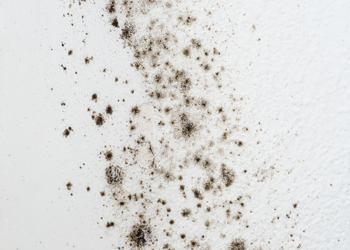What causes mould?
As housing becomes increasingly airtight to improve energy efficiency, more homes are being blighted by condensation and mould. Insufficient ventilation exacerbates the problem and as the weather cools, residents are more likely to keep windows closed, eliminating natural ventilation and allowing condensation to thrive.

There are many factors that contribute to mould growth in a property, everyday activity from cooking, bathing, drying cloths and even breathing indoors can raise the level of humidity. An effective ventilation strategy can control the humidity generated from these activities and decreases the risk of condensation forming leading to mould growth.
- Insufficient ventilation can be caused by windows and trickle vents being kept shut or blocked, and Passive Vents or extractor fans being turned off due to noise or the perceived cost of running them.
- Another contributor to condensation and mould is lack of heating as warm air holds more moisture. However, this is not always possible in social housing due to fuel poverty. Approximately 2.3 million families, 10% of households, live in fuel poverty which means heating can become a luxury in some instances.
- Ideally it is better to heat a property for longer periods at 15-21 degrees rather than switching heating on and off, since boost heating is more costly and allows moisture to settle on cold external walls as a property cools. Poor insulation also adds to the problem since heat can be lost through internal walls which means it can be difficult to keep the air temperature above dew point allowing the water in the air to condense and increasing the risk of mould.
